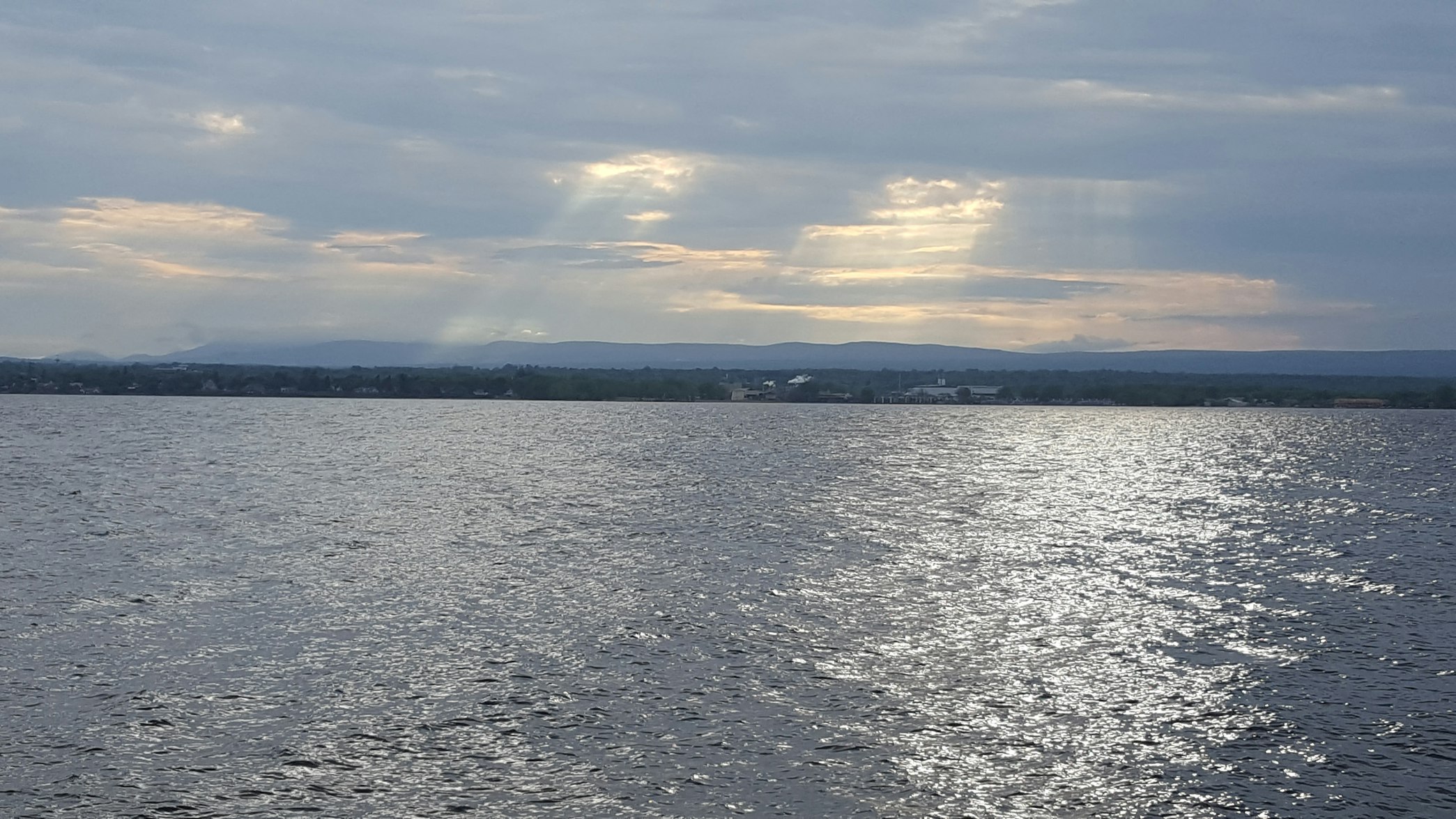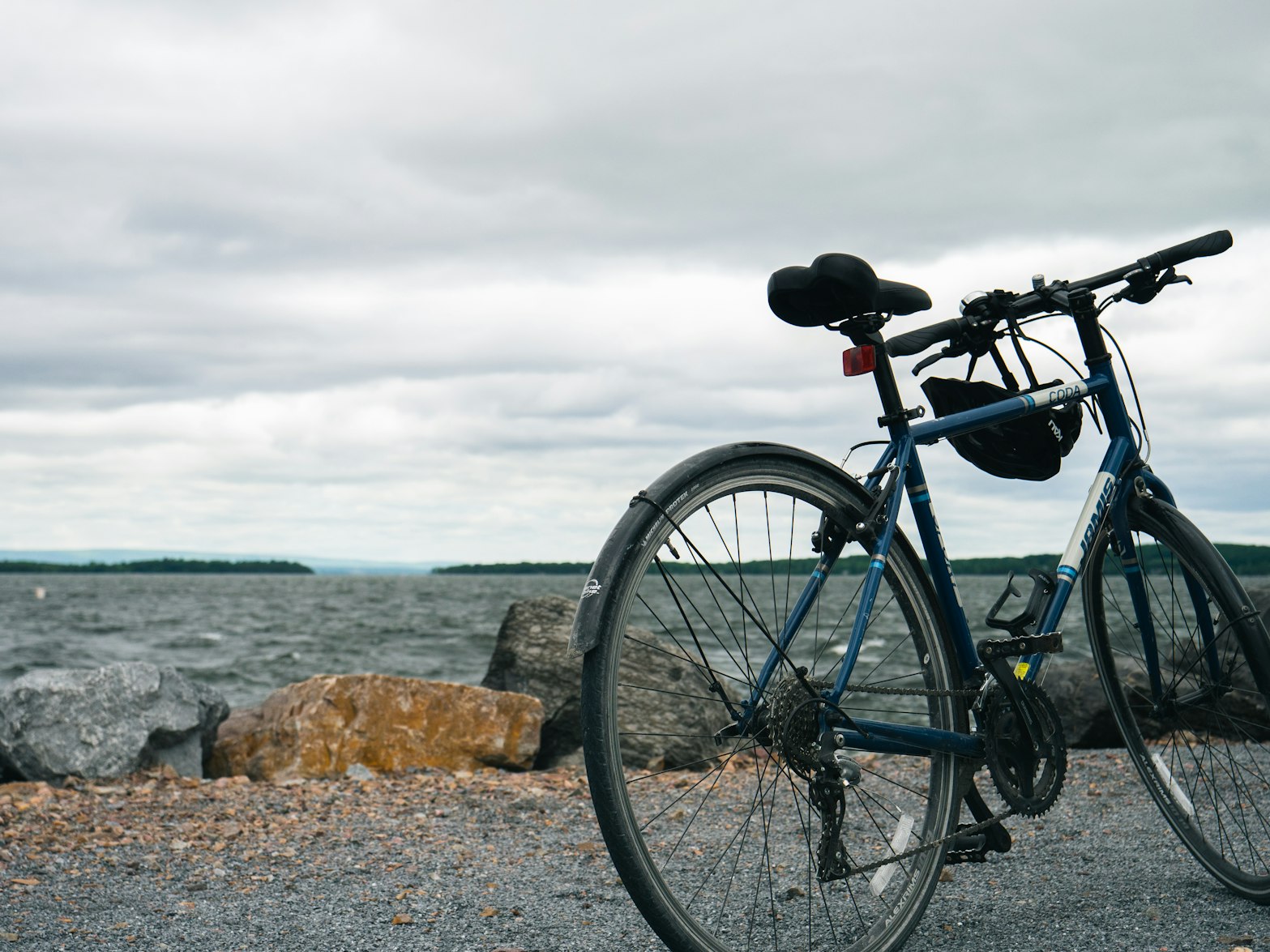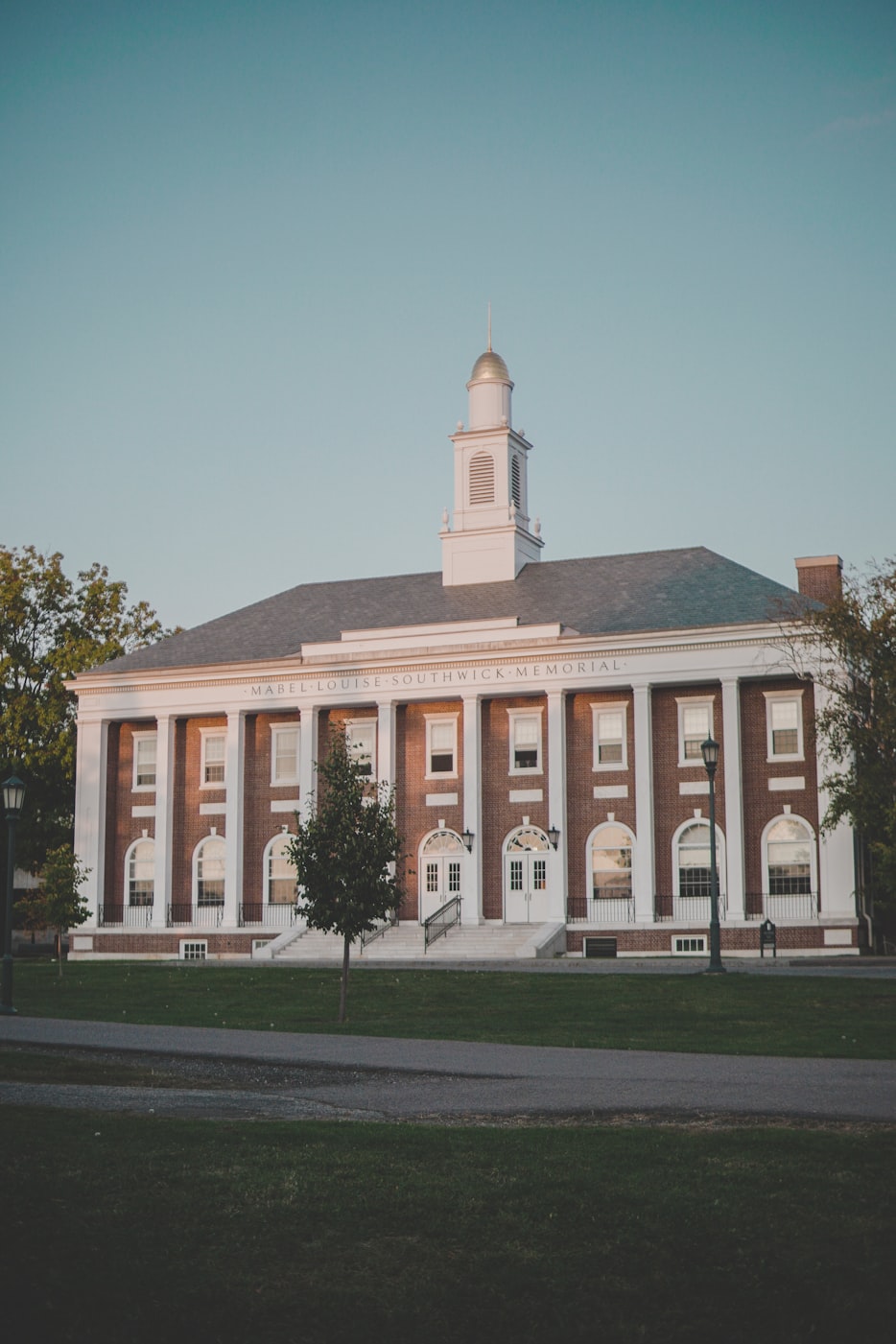places to stay
name your price
amazing deals
favorites
places to stay
name your price
amazing deals
favorites




The Lake Champlain Region is a green landscape and centers around the vast Lake Champlain. The region is split between New York State and Vermont and is just shy of the Canadian border. The Lake Champlain Region is known for Lake Champlain, which spreads across both Vermont and New York State, and for the extensive greenery. The region is also noted for its snowy winters.[1] The most popular attraction in the area is The Lake Champlain Bridge Heritage Area. The Lake Champlain Bridge Heritage Area consists of the bridge across Lake Champlain and the 500 acres of land split between Vermont and New York. Within the area, there are numerous historic sites, educational plaques, and trails to wander in both New York and Vermont.[2] The most prominent cities within the region are Cambridge, Vermont; Plattsburgh, New York; Burlington, Vermont; and Beekmantown, New York. The weather in the area is known to fluctuate seasonally. The summers are very warm and sunny, and the winters are frozen and snowy.[7]
The Lake Champlain Region is known for Lake Champlain, which spreads across both Vermont and New York State, and for the other features of nature that comprise the region's landscape. Close to 7 million people visit the Lake Champlain Region annually. Most people visit the New York side of the lake, however, plenty of people stay in Vermont while vacationing to the lake. The peak time for tourism is in the summer months, between May-August. There is also a slight peak in tourism during the winter months, between December-February, when tourists can enjoy the abundance of snow that falls during those months. Most visitors to the region come from the United States or Canada, though tourists visit from all over the world to see Lake Champlain. Most tourists report visiting to see the lake and to experience the area's nature. Many other tourists mention visiting for history tours and the local restaurants and shops. The last reason most tourists visit is for the snow that falls in the winter and the winter activities like skiing, skating, and snowboarding.[7] The most popular attraction in the Region is the Lake Champlain Bridge Heritage Area. The Lake Champlain Bridge Heritage Area was first built in 1929 to help export goods across the lake and state lines. In 2011 the bridge was rebuilt, and the cultural heritage exhibits were reorganized. New buildings and trails were constructed to modernize the site and keep it in good condition for generations to come. The bridge has not changed much over the years. However, it recently added a special section of the bridge specifically for bikers. The Lake Champlain Bridge Heritage Area remains a timeless staple to locals and visitors alike.[2] Some other notable attractions include the Crown Point State Historic Site, and Ballard Park.[1] The Crown Point State Historic Site is located on the New York side of the Lake Champlain bridge, where there is an indoor museum that displays relics from colonial wars between the British and the French. Tourists can also rent the pavilion to host parties or events for only $50.[3] Ballard Park is open for activities year-round, even in the winter. Visitors can come to wander the park, hike, picnic, or ride their bikes, or they can join in on the annual events that the park hosts. Some annual events include summer concerts, history talks, a snowman building contest, and sledding.[4] The products of the region consist of lots of headquarters for large companies like Walmart and Sams Club. Products for these stores are created in warehouses within the area. The products are then shipped throughout the world. Most of what the region produces is groceries for large chain stores. The regions' economy is strongly based around the shipping and transportation of goods industry.[7]
The Lake Champlain Region is filled with various kinds of greenery and wildlife. There are a lot of forests in the area and beaches along the shores of Lake Champlain. The region is centered around Lake Champlain, which is split between New York State and Vermont. The split happens in the middle of the lake. Vertically, from top to bottom, the region starts just below the Canadian border in the town of Champlain and stops short of Ferrisburgh, Vermont. Lake Champlain's broadest and deepest part of the river is included in the region, but the bottom cuts off before the lake ends. Horizontally, from left to right, the region starts at Merrill, New York, near Lyon Mountain, and ends just after Morristown, Vermont. There are no large state parks or forests nearby, only Lake Champlain. The average temperature of the region is between 40-60 degrees Fahrenheit. The weather in the area is known to fluctuate seasonally, so there are several season average temperatures every year. In the summer, the temperatures range from 70-100 degrees. In the winter, the average temperatures are between 10-30 degrees. Some winters have reported temperatures dropping into the negatives. Despite fluctuating weather patterns, the average year-round temperature is between 40-60 degrees. The weather during the peak tourism season, which is in the summer, is in the 70-100 degree range. The second peak tourism season is in the winter when the weather is in the 10-30 degree range. On average, the region gets around 90 inches of precipitation every year (combined between rain and snow). There is an average of 30 inches of rainfall in warm months and 60 inches of snowfall in the winter every year.[5] Because the Lake Champlain Region is split between two states, the plant/animal life slightly vary on either side of the lake. On the Vermont side, there are thousands of species of native plants. Many of these plants are wildflowers, moss, shrubs, and trees. Most notable would be the Japanese knotweed, which grows near lakes, including Lake Champlain.[8] Vermont has many birds, insects, and mammals. Some commonly found animals in the area include beavers, raccoons, river otters, deer, and skunks.[10] On the New York side, notable plants include trees, shrubs, and flowers. A popular plant found in the area is cranberry bushes. They are widely produced, planted, and harvested for sale across the world.[11] Some common animals found in the area include beavers, foxes, river otters, and salamanders.[9]
The first people historians believe to have lived in the region were indigenous people that lived on either side of the lake. The lake was their primary resource and way of life, providing water, food, and fertile land to grow crops. However, these people have never been recorded in explorers' journals, and there is little evidence of them. The first recorded people to the land were European settlers in the 1700s who came for religious freedom, prosperous land, and to get away from British reign. In colonial times the lake was used as a passage between states the transport goods. During the Revolutionary War, British troops took over the region and the lake. However, during the battles of Lexington and Concord, American forces took command of Crown Point, and by doing so, they took power of the Lake Champlain Region again. Throughout history, the Lake Champlain Region has been an advantage to have control of during war times. The region has been used to house soldiers between battles during World War I and World War II. In recent history, Lake Champlain has been connected to the Hudson River channels so that its water and resources can cover more land. There has also been a bridge built across the lake that allows cars to cross between states on the river. Currently, the lake and the cities around the lake continue to be a source of study for college students at nearby universities. The vegetation and animals that reside by the lake are protected, and clean up crews often go out to pick up litter around the lake to preserve its natural beauty. Transporting products across state lines is still a popular industry, and the Lake Champlain bridge allows easy access to other states.[5] The first recorded people in the area were French explorers and European settlers to the states. Those people reproduced and moved family over, expanding the region within their own culture. Today, more cultures and backgrounds of people live within the region. After the civil war, many African American travelers came to the area to find safety and tranquility from turmoil. Today, all walks of life live within the region, but people of European and French descent remain the majority of the population there. The Lake Champlain Bridge Heritage Area was first built in 1929 to help export goods across the lake and state lines. In 2011 the bridge was rebuilt, and the cultural heritage exhibits were reorganized. New buildings and trails were constructed to modernize the site and keep it in good condition for generations to come. The bridge has not changed much over the years. However, it recently added a special section of the bridge specifically for bikers. Today, approximately 36,000 people live within the Lake Champlain Region.[6] For a brief period of time in the late 1990s, Lake Champlain was named the sixth great lake. However, upon uproar from historians and geologists, the lake was removed from this title, and the boundaries of the great lakes were minimized. There have been many folklore and tales of a lake monster that resides in Lake Champlain. Many tourists and explorers have chased what they believe to be a lake monster and tried to catch a picture of whatever resides deep within Lake Champlain. Many gift shops and beachside stand sell lake monster merch and tell stories of people who have encountered the lake monster.[5]
Mallets Bay Campground
The Mallets Bay Campground is located on the lakefront of Lake Champlain in Colchester, Vermont. Colchester is a suburb of Burlington and is home to Saint Michael's College. The small city is known for its large bay into Lake Champlain. The city gets thousands of tourists every season, and many visitors from local towns and neighboring states coming to spend time on Lake Champlain. The city is small and has an intimate feel. The demographic of town residents mostly consists of college students and locals in the agriculture industry. The area is covered in rolling green hills, small pinewood forests, and farmland.
...Read More